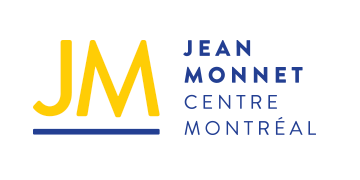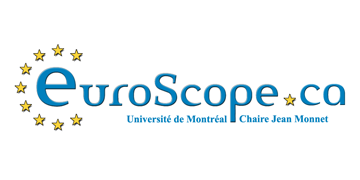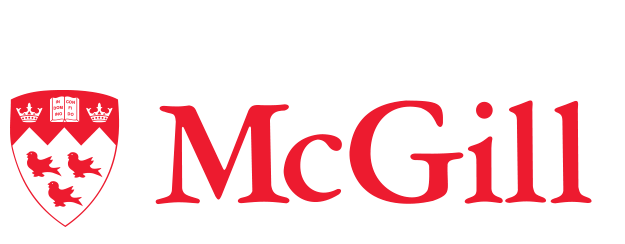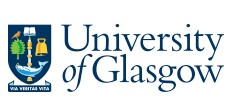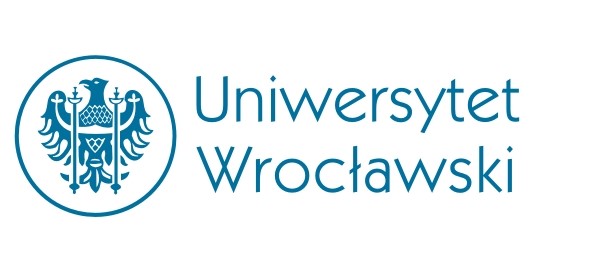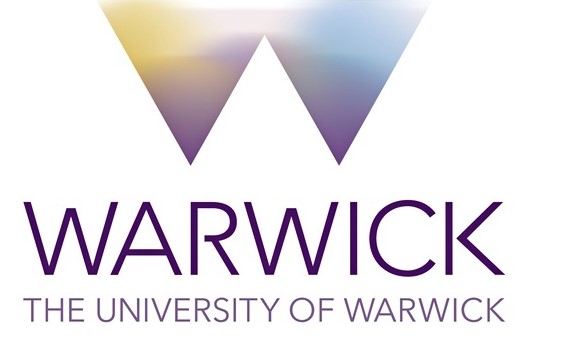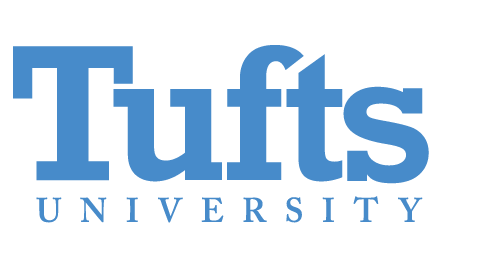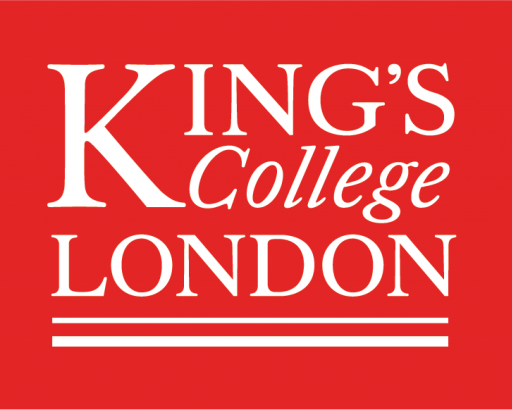Jessica Chen, February 2019
Through the BEAR Network’s undergraduate mobility grant, I was able to participate on a week-long field trip to Latvia and Estonia alongside students and professors from the University of Glasgow and other BEAR-affiliated universities. Prior to this academic trip, I had a very limited understanding of the 20th century history of the Baltic states. My previous political science courses had focused primarily on the politics and history of the Soviet satellite states located in central Europe, especially Hungary, the former Czechoslovakia, and Poland. Coming from this background, my main goal for this trip was to learn about the experience of Latvia and Estonia as republics in the Soviet Union and the legacies of this history on society today.
During the week, we spent time in three cities: the Latvian capital of Riga and the Estonian cities of Narva and Tallinn. In Riga, we met with the director of the Museum of Occupation. During his presentation, he said, “History must be presented in an objective manner.” I automatically had a knee-jerk reaction to this statement as this field trip had made me so much more aware of the power of narrative. Though history is often treated as an objective re-telling of the facts, during this trip, I actively questioned whether history can ever be truly objective. This was an especially salient reflection, given that we were visiting occupation museums that were established to shed light on the abuses suffered during the Soviet occupation.
I especially appreciated our time in Narva (where 97% of the population speaks Russian) as it was a city that I likely otherwise would never have visited. Unlike Riga and Tallinn, Narva is not a city that attracts tourists; unemployment and poverty are major challenges, and the disparities between Narva and Tallinn are palpable. A particular highlight of the BEAR trip was our group’s conversation with Kristina Kallas, the head of Narva College and chairwoman of the liberal, reform-minded, new political party, Estonia 200. It was a particularly timely conversation to have, considering that Estonian parliamentary elections will be taking place in early March 2019. I especially appreciated Dr. Kallas’ candor and direct manner when speaking about the challenges that the Russian-speaking minority in Estonia faces. I was especially impressed by her use of strong vocabulary with negative connotations: words like marginalization, segregation, glass ceiling, etc. Unlike many politicians, she did not tiptoe around the issue with delicate language. She referred to the marginalization of the Russian minority in Estonia as the most significant challenge that Estonian society faces. Our time in Narva—and in particular, our fascinating conversation with Dr. Kallas—shed light on the issue of minority rights in Estonia. Being present within Narva itself and the numerous borders it represents (the national border between Estonia and Russia; the border between the European Union and Russia; and the border between the Schengen area and Russia) was also a surreal experience.
For the last few days of our trip, we stayed in the Estonian capital of Tallinn. We visited both the former and current site of the Bronze Soldier—a memorial originally dedicated to the Soviet soldiers who “liberated” Tallinn in World War II. The local government decided to relocate the monument in 2007, leading to riots and high political tensions between Estonia and Russia. Given the significant Russian minority population in Estonia, the Bronze Soldier came to symbolize the conflict over competing narratives about the events of WWII. Learning about this case called to mind the on-going controversies regarding a Confederate monument on my university campus in the United States. It was another reminder of the power of collective memory and how historical monuments can still conjure up deep emotions and political tensions along ethnic, national, and other identity lines.
Outside of the scheduled museum visits and other academic activities, I appreciated the opportunity to have other experiences: seeing Russia literally across the river in Narva, seeing Brutalist-style Soviet-era architecture in western Riga, speaking with canvassers from the Estonia Free Party in central Tallinn, receiving a Valentine’s Day rose from a canvasser for a Socialist Democrat candidate in Narva, attending an intense Helsinki-Riga hockey game, and entering a Russian Orthodox Church for the first time in my life. Through this field trip, I have gained a deeper understanding of the legacy of Soviet occupation in Latvia and Estonia and the on-going challenges that this history presents in both society and politics, which will prove invaluable as I pursue an MA in International Security with a concentration in European Studies.


